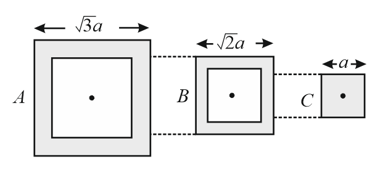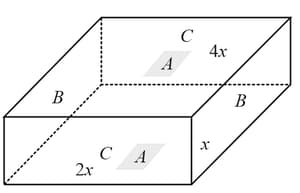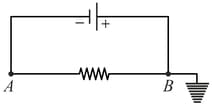B M Sharma Solutions for Chapter: Electric Current and Circuits, Exercise 2: DPP
B M Sharma Physics Solutions for Exercise - B M Sharma Solutions for Chapter: Electric Current and Circuits, Exercise 2: DPP
Attempt the practice questions on Chapter 5: Electric Current and Circuits, Exercise 2: DPP with hints and solutions to strengthen your understanding. Chapterwise/Topicwise Daily Practice Problems (DPP) Electrostatics and Current Electricity JEE Main & Advanced solutions are prepared by Experienced Embibe Experts.
Questions from B M Sharma Solutions for Chapter: Electric Current and Circuits, Exercise 2: DPP with Hints & Solutions
Length of a hollow tube is . Its outer diameter is and thickness of its wall is . If the resistivity of the material of the tube is then the resistance of tube will be
In order to quadruple the resistance of a uniform wire, a part of its length was uniformly stretched till the final length of the entire wire was times the original length, the part of the wire was fraction equal to
The following figure shows cross-sections through three long conductors of the same length and material, with a square cross-section of edge lengths as shown. Conductor will fit snugly within conductor , and conductor will fit snugly within conductor . Relationship between their end to end resistance is

The following figure shows a rectangular block with dimensions , and . Electrical contacts can be made to the block between opposite pairs of faces (for example, between the faces labelled , and ). Between which two faces would the maximum electrical resistance be obtained (: Top and bottom faces, : Left and right faces and : Front and rear faces).

A battery is connected to a uniform resistance wire and is earthed. Which one of the graphs below shows how the current density varies along ?

Two wires each of radius of cross-section but of different materials are connected together end to end (i.e., in series). If the densities of charge carriers in the two wires are in the ratio , the drift velocity of electrons in the two wires will be in the ratio
A solid conductor has a cross-section area and , as shown in the figure. A current of enters at . Then

A long metal wire connects points and . The electric potential at point is less than that at point . If the conductivity of the metal is , then the magnitude of the current density in the wire is equal to:
